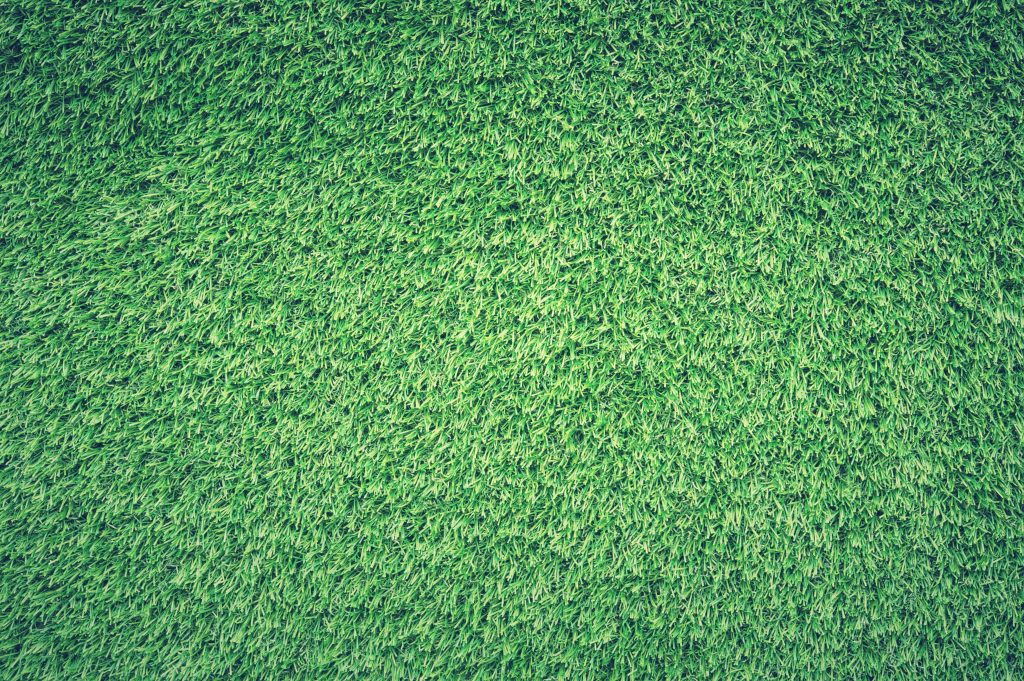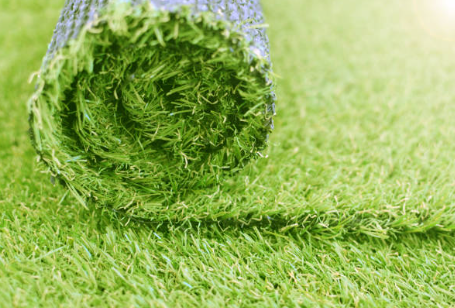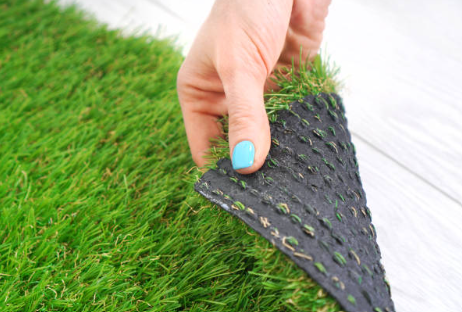Artificial grass has become a hot topic of debate in recent years, particularly on social media platforms like X, formally, Twitter. Many argue that it’s a low-maintenance solution for a beautiful green lawn, while others raise concerns about its environmental impact and its potential to disconnect us from nature. In this comprehensive guide, we’ll explore both sides of the artificial grass debate and help you make an informed decision about whether to add it to your garden.
The Environmental Concerns Surrounding Artificial Grass
Artificial Grass: A Plastic Menace
One of the primary concerns raised about artificial grass is its composition – it’s made of plastic. Critics argue that using plastic in our gardens can have detrimental effects on the environment. The debate took off when X user @rossmmccarthy penned a letter to the Irish Times, stating, “One can hope that the Citizens’ Assembly on biodiversity loss recommends an end to fake grass and that the government implements that recommendation.”
Disconnecting Children from Nature
@rossmmccarthy further explained his viewpoint on X, emphasising that artificial grass often finds its way into the gardens of parents with young families. He argued that this disconnects children from nature, depriving them of the joy of making daisy chains, playing in the mud, discovering insects, and spotting birds, foxes, or hedgehogs that may visit their garden.
“In a biodiversity emergency, one of the best things we can do is give nature a chance in our gardens,” he passionately urged. “Fake grass turns soil below ground to dust, provides no home to insects, and reduces our birds and mammals. We need to take this seriously and ban it.”

Microplastic Pollution
Another X user, @dallydoodles, chimed in with a concerning point. “Do you think that artificial turf stays intact forever? No. It leaches more microplastics into the environment. More than we already are. Which is very bad,” they added.
The Benefits of Artificial Grass
Accessibility and Low Maintenance
While there are valid environmental concerns, proponents of artificial grass also make compelling arguments in favor of its use. For individuals with disabilities or those who struggle to maintain natural grass due to issues like moss and weeds, artificial grass can be a game-changer.
X user @p_peterd highlighted this perspective by saying, “What about people who have disabilities and cannot maintain normal grass? Grass full of moss and weed is expensive to keep buying products to keep it looking good.”
Practicality and Insect Habitat
@LangtounL shared their personal experience with artificial grass, noting its practicality. “I gave in after years of trying to get the grass to grow beyond a damp muddy mess,” they confessed. “Practical and many small insects appear to overwinter underneath it.”

Overcoming Gardening Challenges
@analyticalhelen revealed how artificial grass solved her gardening challenges. “I have a garden on several levels with shady areas we put a lawn on for the kids to play,” she explained. “Years we struggled with it being too wet in winter, too hard in summer, and more moss than anything else. Wrestled with it for a decade before going plastic.”
Comparing Environmental Impact
X user @WullieHalliday offered a different perspective, asserting that artificial grass might not be as harmful as some claim. “Fake grass does not require any further energy to cut it, it does harbor insects, and has little to no impact on bird life,” they argued. “In general, it covers a small patch in a garden where it is used, and very few homes have it. Block paving and slabs are far more destructive.”
Weighing the Pros and Cons
Now that we’ve examined the key arguments from both sides of the artificial grass debate, it’s essential to consider the pros and cons in greater detail. This will help you make an informed decision based on your unique circumstances and priorities.
The Pros of Artificial Grass

1. Low Maintenance: Artificial grass is virtually maintenance-free, eliminating the need for mowing, weeding, and fertilising. This makes it an attractive option for those with busy schedules or limited physical abilities.
2. All-Year Appeal: Unlike natural grass, artificial grass maintains its vibrant green appearance year-round, regardless of the weather. It won’t become brown and patchy during droughts or water restrictions.
3. Ideal for Challenging Areas: If you have areas in your garden where natural grass struggles to thrive due to shade, poor drainage, or heavy foot traffic, artificial grass can provide a solution.
4. Accessibility: It’s an excellent choice for individuals with disabilities or mobility issues, as it offers a stable and even surface that is easy to navigate.
The Cons of Artificial Grass
1. Environmental Concerns: The primary criticism of artificial grass is its environmental impact. It’s made from plastic materials, which can contribute to microplastic pollution when it degrades over time.
2. Disconnection from Nature: Some argue that artificial grass disconnects us from nature, particularly for children who miss out on the sensory experiences of playing on natural grass.
3. Initial Cost: Installing artificial grass can be expensive, including the cost of materials and labor. While it may save money in the long run due to reduced maintenance, the upfront investment can be a barrier for some.
4. Aesthetic Differences: Some people prefer the look and feel of natural grass, finding it more visually appealing and softer underfoot.
Making an Informed Decision for Your Garden
Ultimately, the decision to use artificial grass in your garden should align with your specific needs, values, and circumstances. Here are some steps to help you make an informed choice:

1. Assess Your Garden’s Unique Challenges
Consider the current state of your garden. Are there areas where natural grass struggles to thrive? Are accessibility issues a concern? Identifying your garden’s unique challenges will help you determine if artificial grass is a practical solution.
2. Weigh the Environmental Impact
If environmental concerns are a top priority for you, carefully consider the potential impact of artificial grass. Research alternative landscaping options that are more eco-friendly, such as native plant gardens or low-maintenance ground covers.
3. Budget Considerations
Take into account your budget for landscaping projects. Artificial grass may have an upfront cost, but it can save you money over time by reducing maintenance expenses. Compare the long-term costs of artificial grass to the ongoing expenses of natural grass care.
4. Consideration for Accessibility
If you or someone in your household has mobility issues, artificial grass may offer a practical solution that enhances accessibility.
5. Explore Local Regulations
Check local regulations and guidelines regarding the use of artificial grass in your area. Some municipalities may have specific rules or recommendations.
6. Evaluate Your Aesthetic Preferences
Consider your personal aesthetic preferences. Some people prefer the look and feel of natural grass, while others are content with the appearance of artificial grass.
The artificial grass debate on X has shed light on the pros and cons of this low-maintenance landscaping solution. While environmental concerns are valid, artificial grass offers benefits in terms of accessibility, practicality, and all-year appeal. Ultimately, the decision to incorporate artificial grass into your garden should be based on careful consideration of your unique circumstances and priorities. By weighing the pros and cons and exploring alternative landscaping options, you can make an informed choice that aligns




